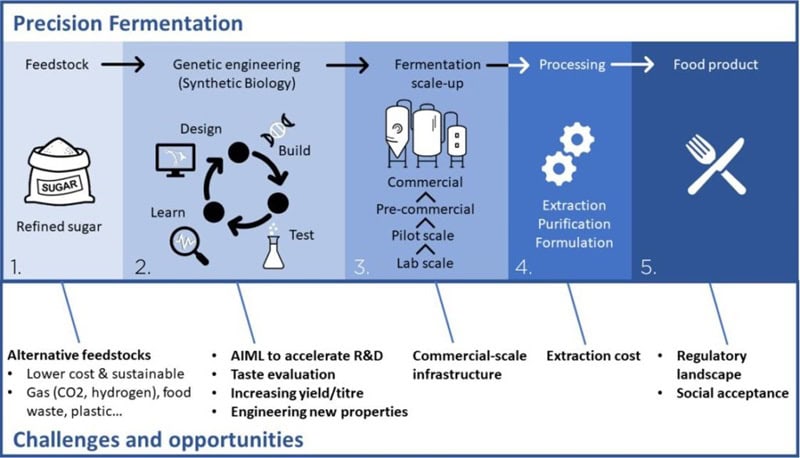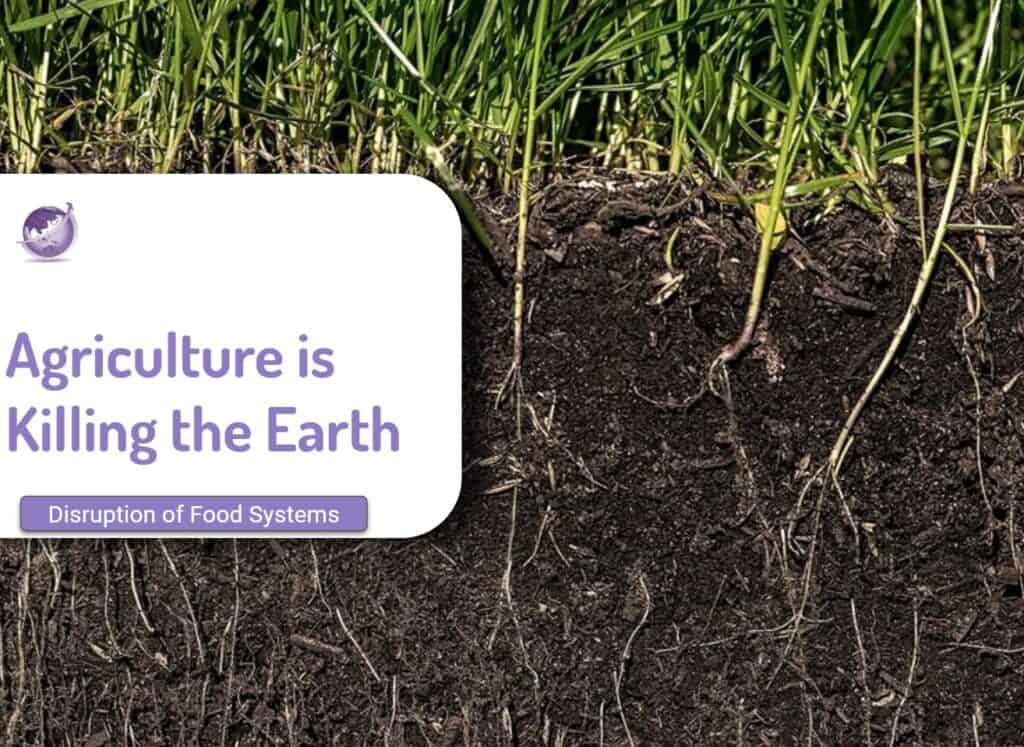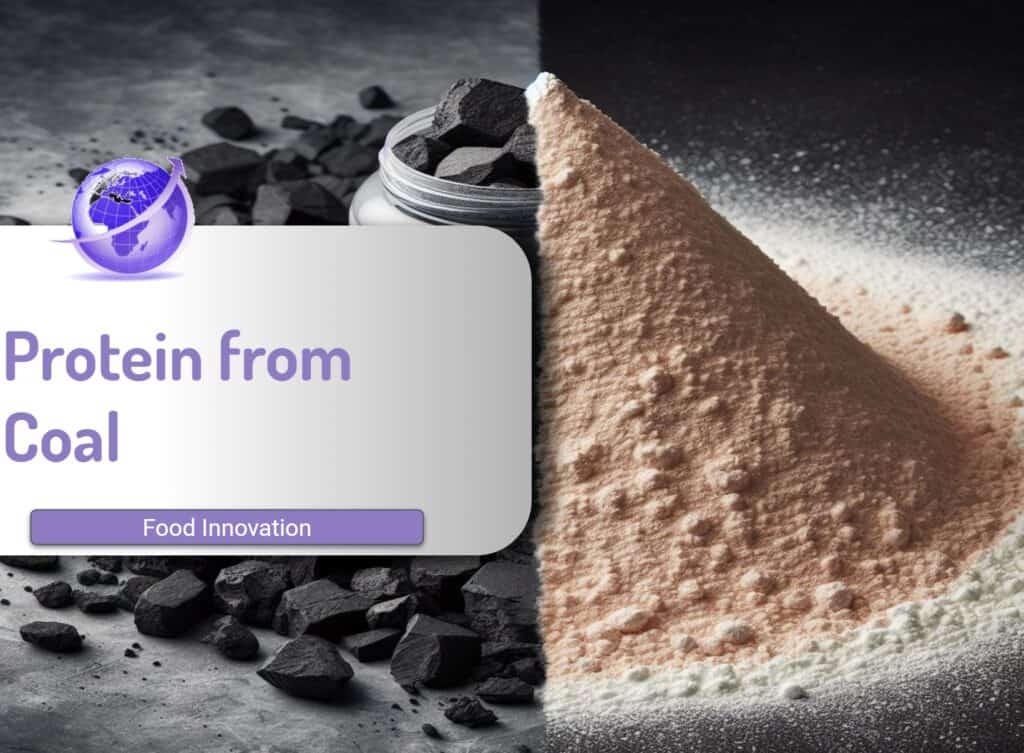An X post on Q&A, George Monbiot precision fermentation, provides a very useful short summary on why Monbiot is convinced new fermentation technologies will greatly reduce the environmental impacts of our diets as well as the exploitation of animals. In other posts, we have discussed the disruption of food – read this for a background to Food Disruption
Here are his responses. (Courtesy to Monbiot, and link on X below.)
What is Precision Fermentation?
CSIRO has a helpful explanation of the 5 processes. Feedstock, fermentation, extraction and food products are all normal processes. Americans eat 70% food products, so nothing is different. The only step is the genetic engineering of the catalyst for this. The genetically engineered microbe is sometimes naturally occurring, and genetic engineering scales up the quantity.
- Feedstock
- Genetic engineering
- Fermentation scale-up
- Extraction
- food product
.

Q” “I don’t want to eat food from factories”.
A. Well, that’s unfortunate because almost everything you eat has passed through at least one factory before it reaches you. Even your fruit and veg are likely to have been through a grading and packing plant.
The meat you eat has passed through a long series of factories: the mills producing the feed, the industrial buildings in which the vast majority of farmed animals are kept, slaughterhouses, packing plants and warehouses.
And most of that also applies to “pasture-fed” meat, most of which uses supplementary feed, is finished intensively and slaughtered and packed by the usual means. (It also has an even bigger environmental impact than factory animal farming.
Q: “I don’t want to eat microbes”.
A: No bread, beer, wine, tea or olives for you then.
“I mean bacteria – I don’t want to eat bacteria!”. So kiss goodbye to cheese, yoghurt, anchovies and cured meats. In fact, everything you eat is full of them.
Q: “I don’t want to eat ultra-processed food”.
A: Nor should you. But what precision fermentation produces is a high-protein flour. The flour can make good food or bad food, just like other flour. It is no more or less susceptible to junk food manufacture than wheat flour.
Q: “These microbes are often genetically modified”.
They are. There are major problems with certain GM crops, such as Roundup Ready maize, whose main purpose was to enlarge the market for a proprietary herbicide, and the dominance of the company that produced it.
But GM microbes have been used uncontroversially in precision fermentation since the 1970s to produce insulin, the rennet substitute chymosin, enzymes and vitamins. You eat the products most days.
There’s a real genetic contamination crisis in the food industry, but it comes from business as usual: antibiotic resistance genes moving from livestock slurry tanks into the food chain. GM microbes paradoxically offer our best hope of stopping genetic contamination.
Q: “What if corporations capture these technolgies?”
A: This is an entirely reasonable objection. The risk is real and we should engage with it, demanding a new food economy that differs radically from the existing one, where extreme consolidation has already taken place.
But this is not an argument against the technology itself, any more than the dangerous concentration in the global grain trade (90% of it in the hands of four corporations) is an argument against trading grain, without which billions would starve. Cont/
We need to address corporate capture and control everywhere. Anti-trust laws should be strong, intellectual property rights should be weak. This requires political action. It does not require the abandonment of useful technologies.
Q: Did I say useful?
A: I’ve come to see new fermentation approaches as the most important environmental techs ever developed: the only means I can see of reversing the expansion of one of the two most destructive industries on Earth, livestock farming.
Seems to me, most people who are against this as a replacement for animal products, do so from a position of having very little knowledge about how those animal products are produced.
More Reading
- Embrace what may be the most important green technology ever. It could save us all 2022 George Monbiot https://www.theguardian.com/commentisfree/2022/nov/24/green-technology-precision-fermentation-farming
- George Monbiot Precisions Fermentation https://x.com/GeorgeMonbiot/status/1826512424758841390
- What’s brewing? Precision food proteins from fermentation CSIRO https://www.csiro.au/en/news/All/Articles/2022/January/whats-brewing-precision-fermentation
- The most damaging farm products are organic raised beef. George Monbiot. https://www.theguardian.com/environment/2022/aug/16/most-damaging-farm-products-organic-pasture-fed-beef-lamb







